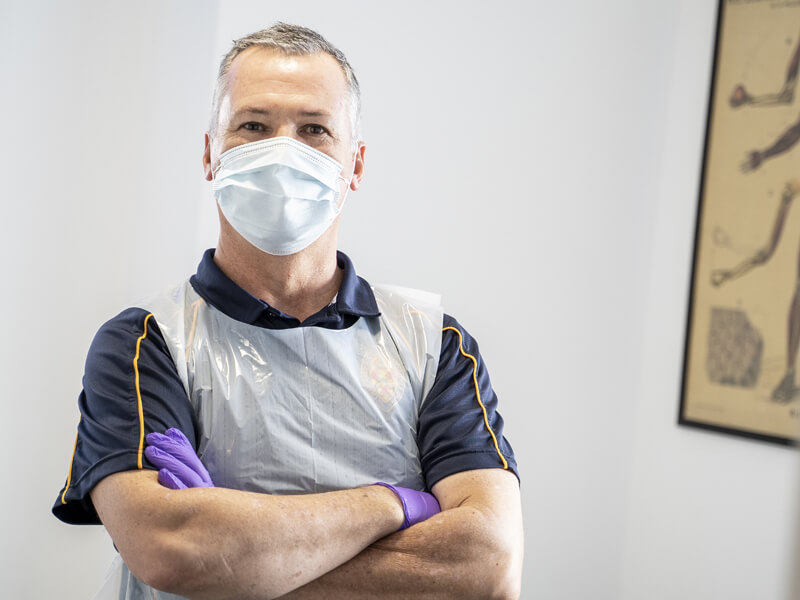Dry needling is a treatment modality where an acupuncture needle is inserted into a myofascial trigger point, in trained hands it is an effective and safe technique for the treatment of myofascial pain and dysfunction. Dry needling is somewhat of a western take on acupuncture. The purpose of dry needling trigger points is to desensitise these trigger points, promote healing and enhance the production of endorphins.
Dry needling is used at Physio4Wycombe as a means of enhancing pain modulation via the stimulation of the brain and spinal cord to produce natural pain relieving chemicals, such as endorphins; melatonin to promote sleep, serotonin to promote wellbeing, to name but a few. These assist the body’s healing processes and offer pain relief as a precursor for other manual, electro or exercise therapies. When combined with knowledge of anatomy, physiology and pathophysiology.
The art and science of wellness
The concept of Traditional Chinese Medicine [TCM] is an ancient system of written scripts as far back as 1000BC, founded on the holistic concept of treatment and an acknowledgement of the body’s ability to return to its balanced state of health, given the correct stimulus to do so. The body has the ability to “self-repair”. Acupuncture enhances the repair mechanism and enables an improved recovery time allowing other physiotherapy treatments such as manual therapy, ultrasound and rehabilitation to help achieve effective results.
Does it hurt?
People experience differing sensations with dry needling. Most patients feel only minimal discomfort as the needles are inserted: some feel no pain at all. Once the needles are in place, there should be no significant discomfort.
Areas commonly treated with dry needling physiotherapy include the management of acute and chronic back pain, chronic neck pain, tension type and migraine headaches, pelvic girdle pain, knee osteoarthritis, lateral elbow pain and shoulder conditions.
Manual Therapy
The Clinic is a recognised centre for manual and manipulative therapy, with the use of trained hands to move the tissues and joints of the body. Manual therapy and rehabilitation exercise are universally recognised as very effective treatment for musculoskeletal problems.
Our approach emphasises treatments which are shown to be safe and effective through evidence based research.





